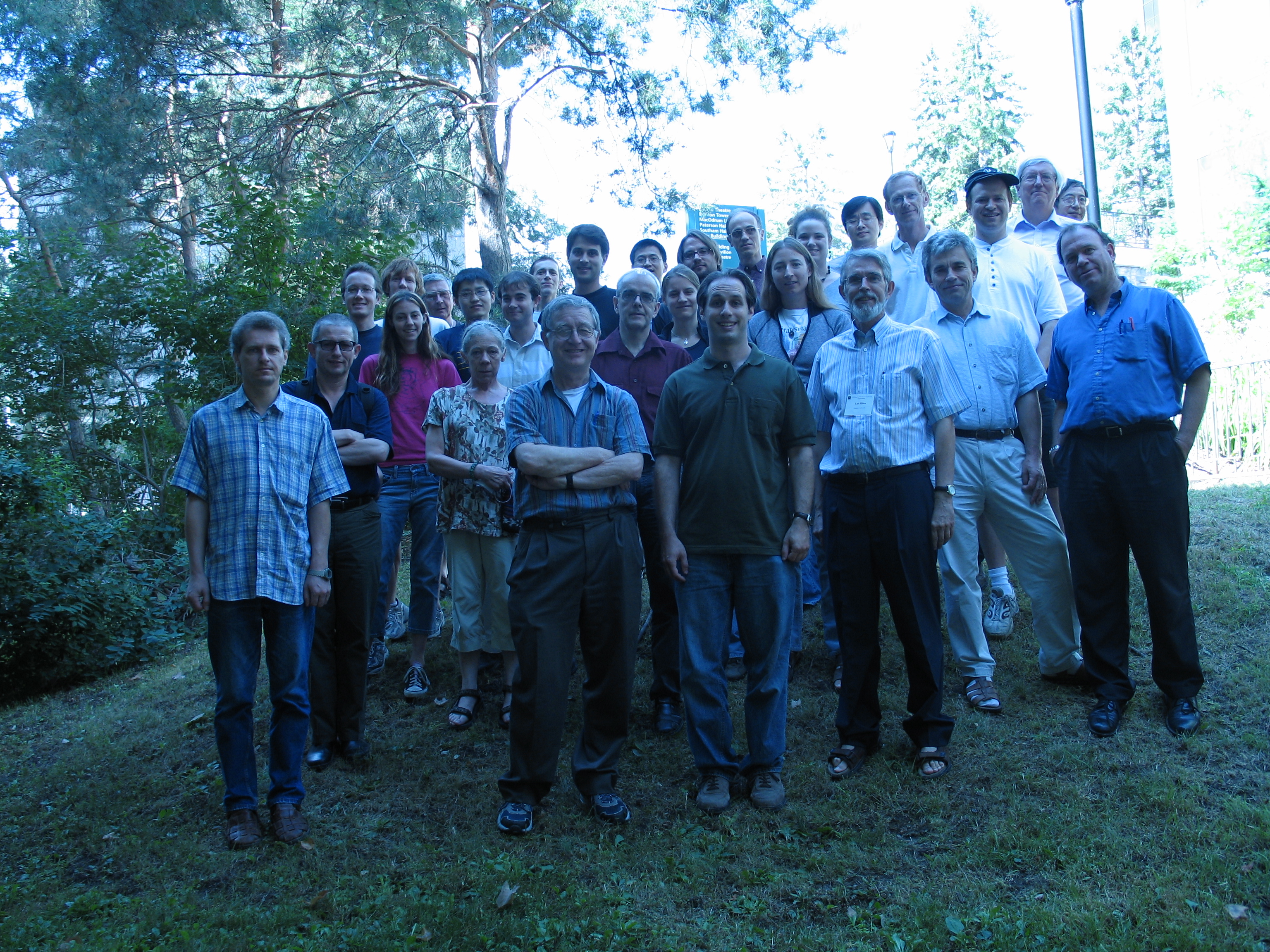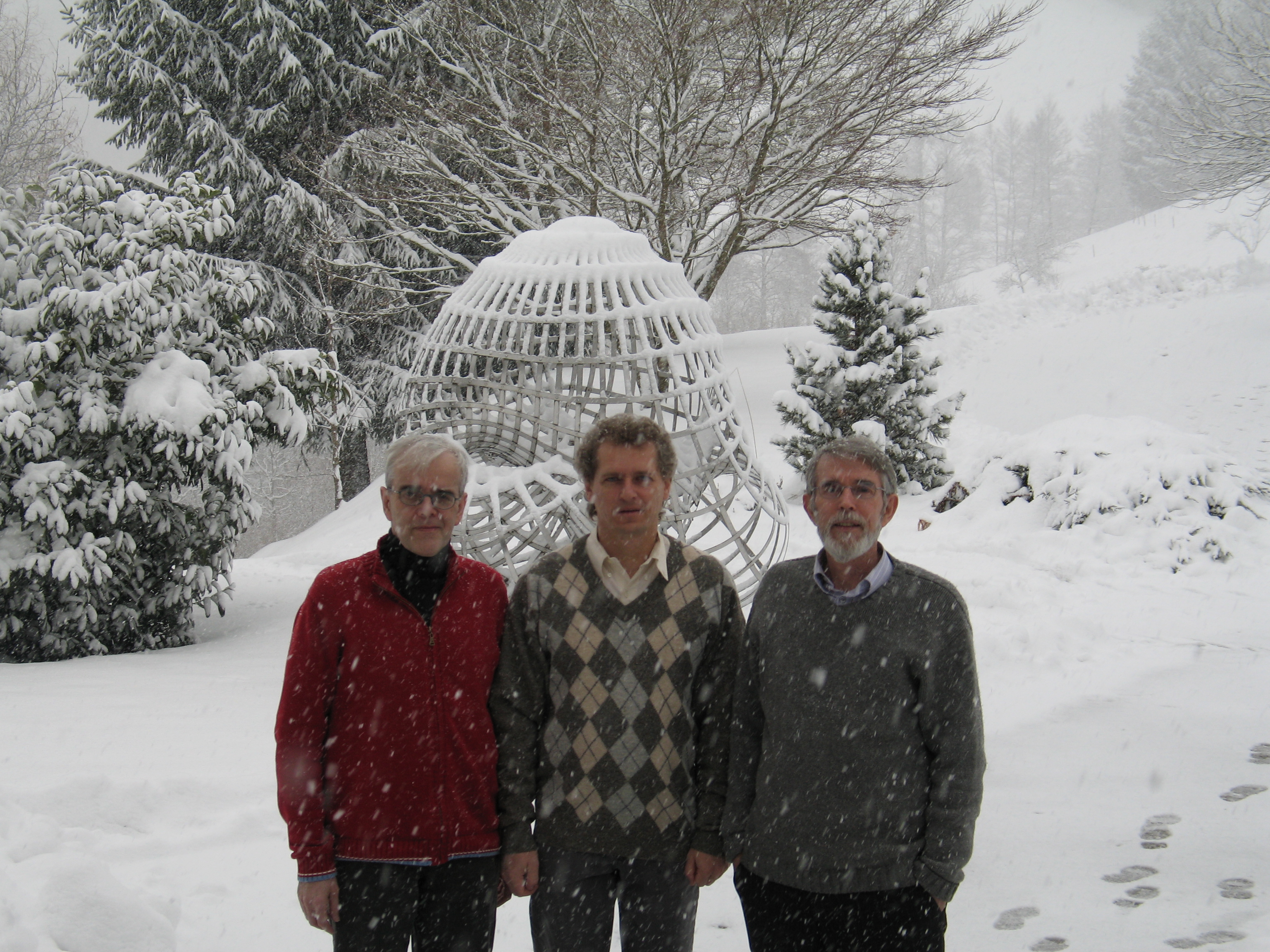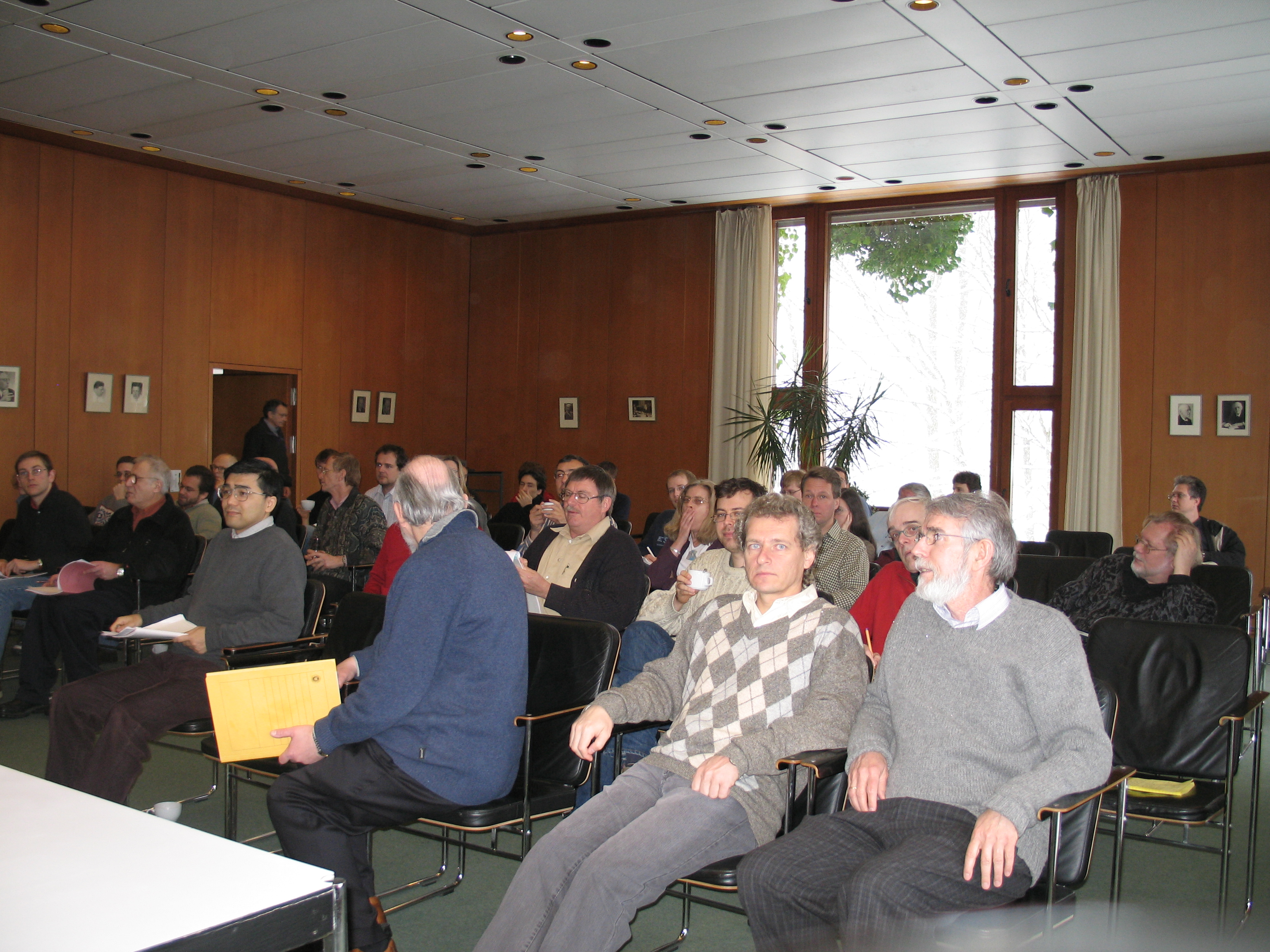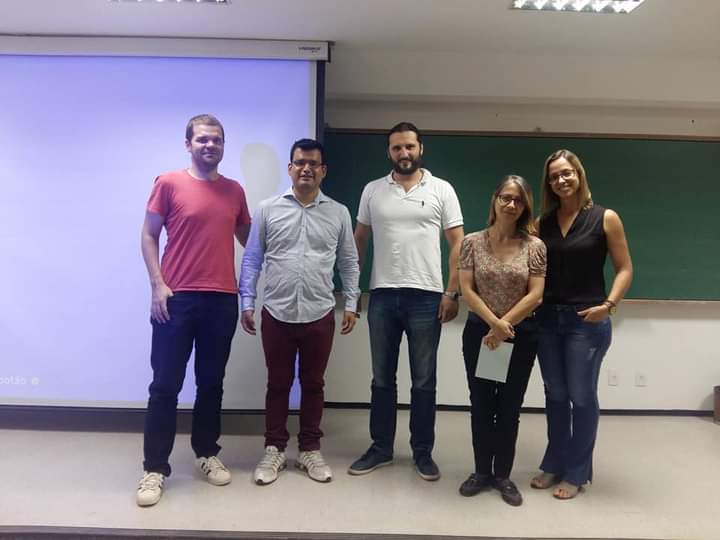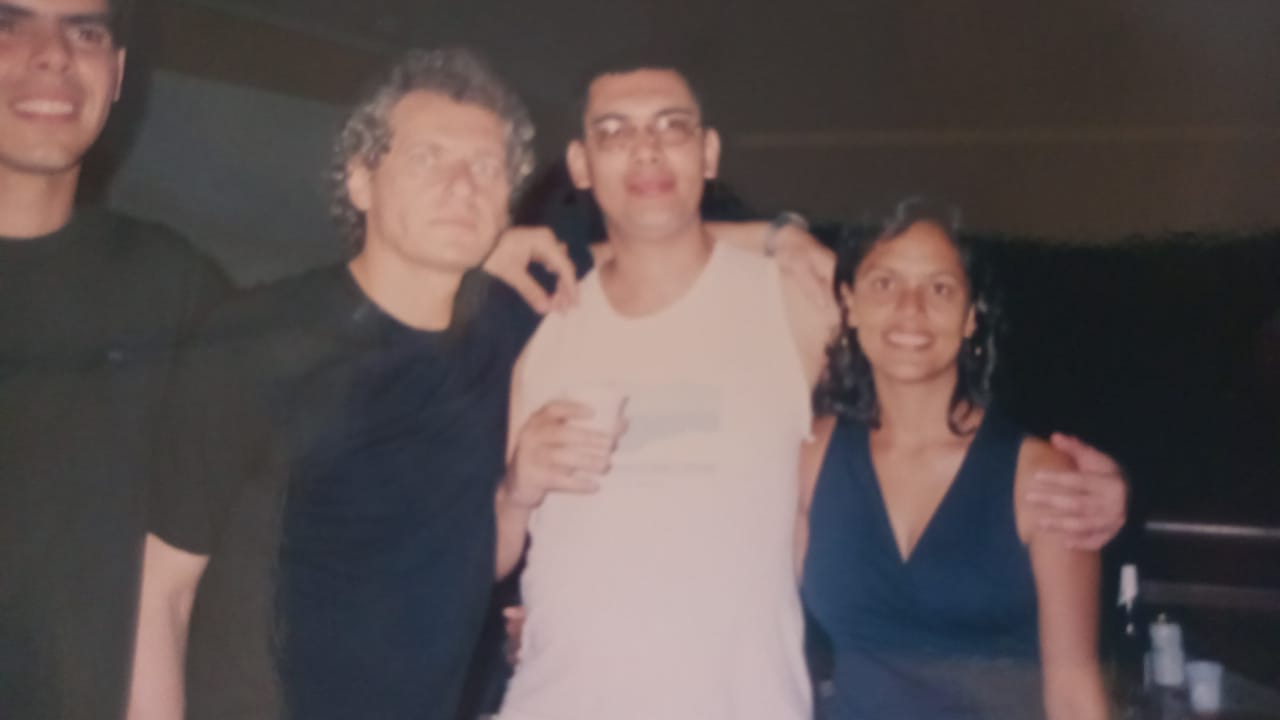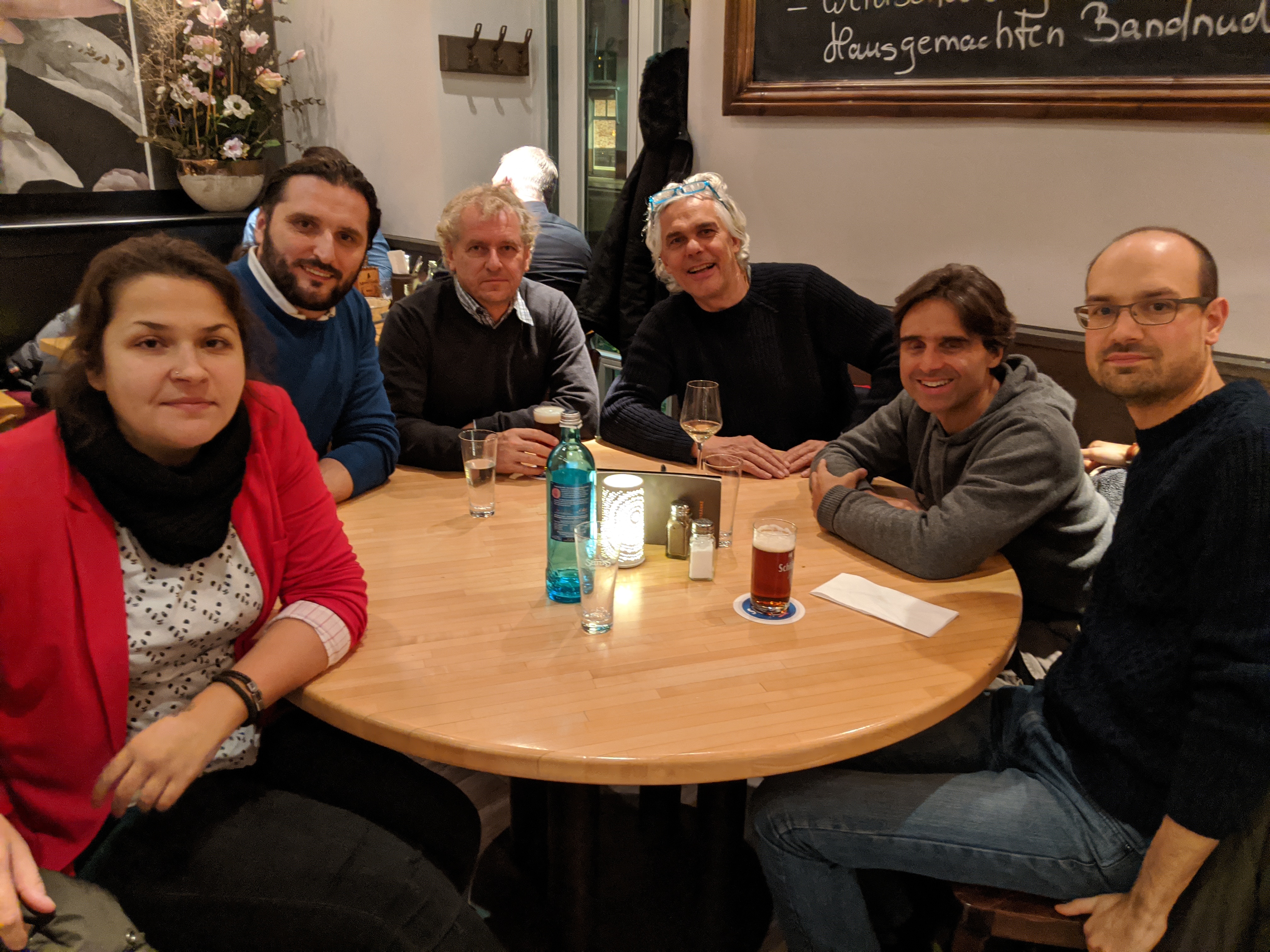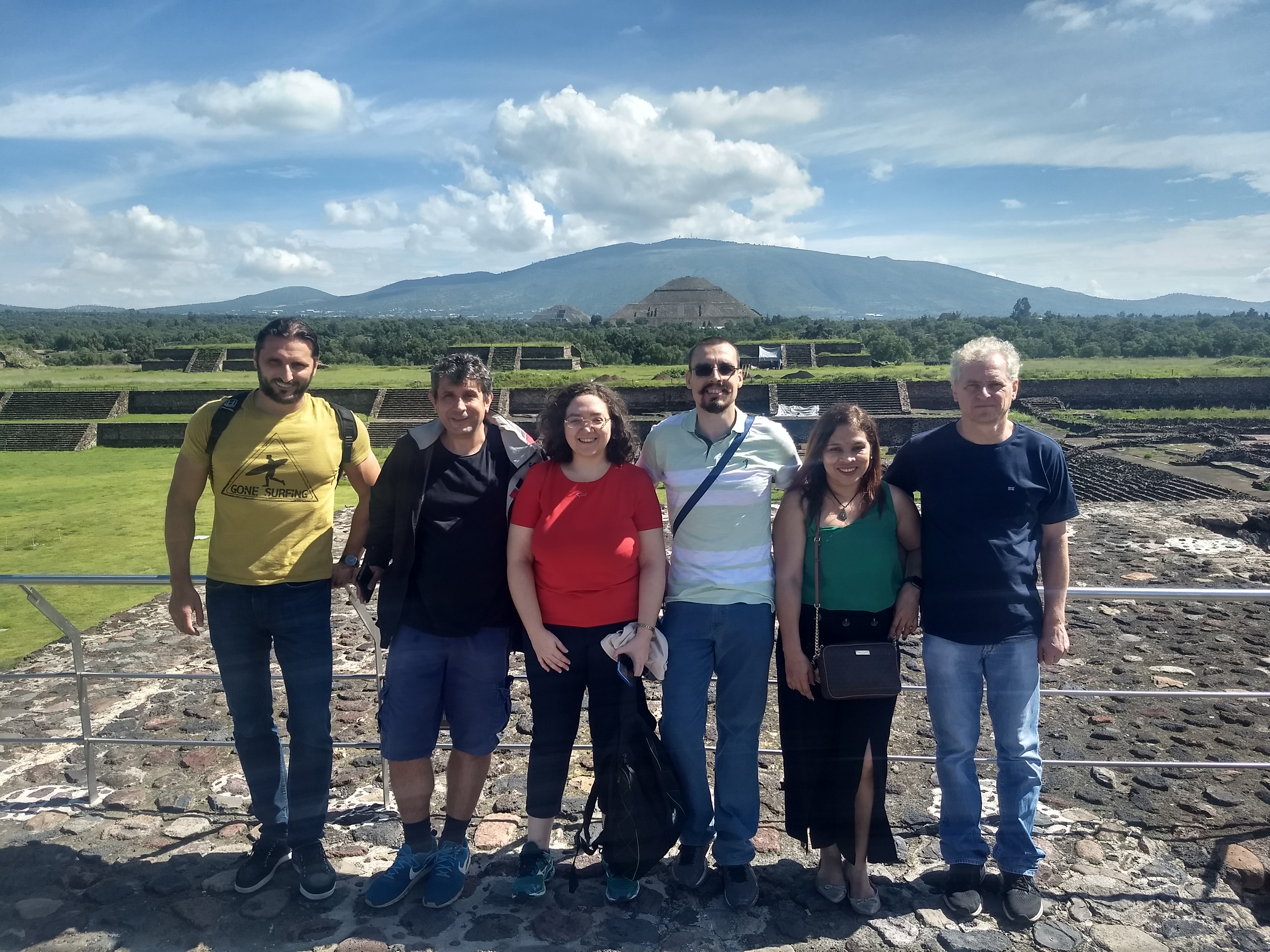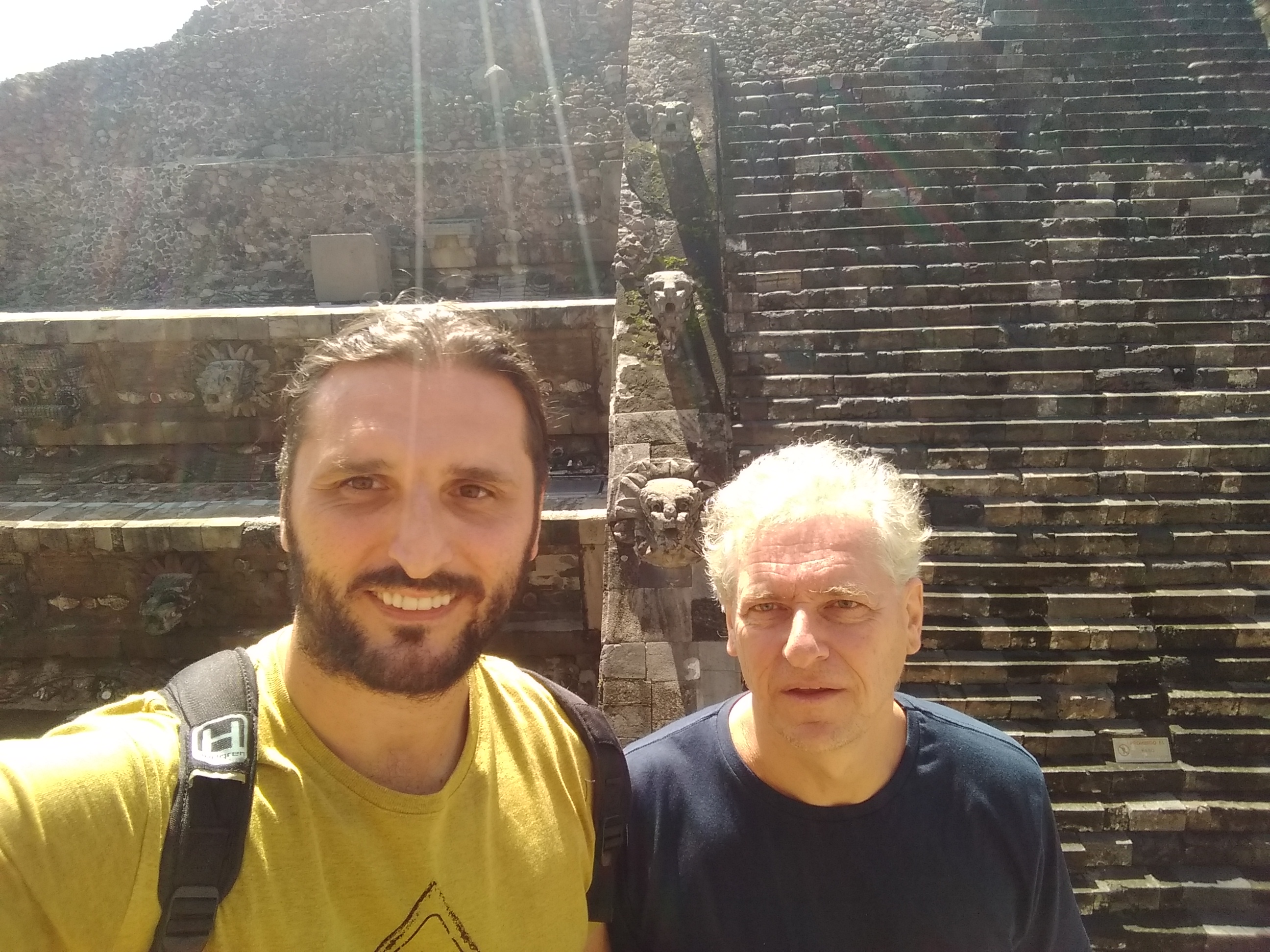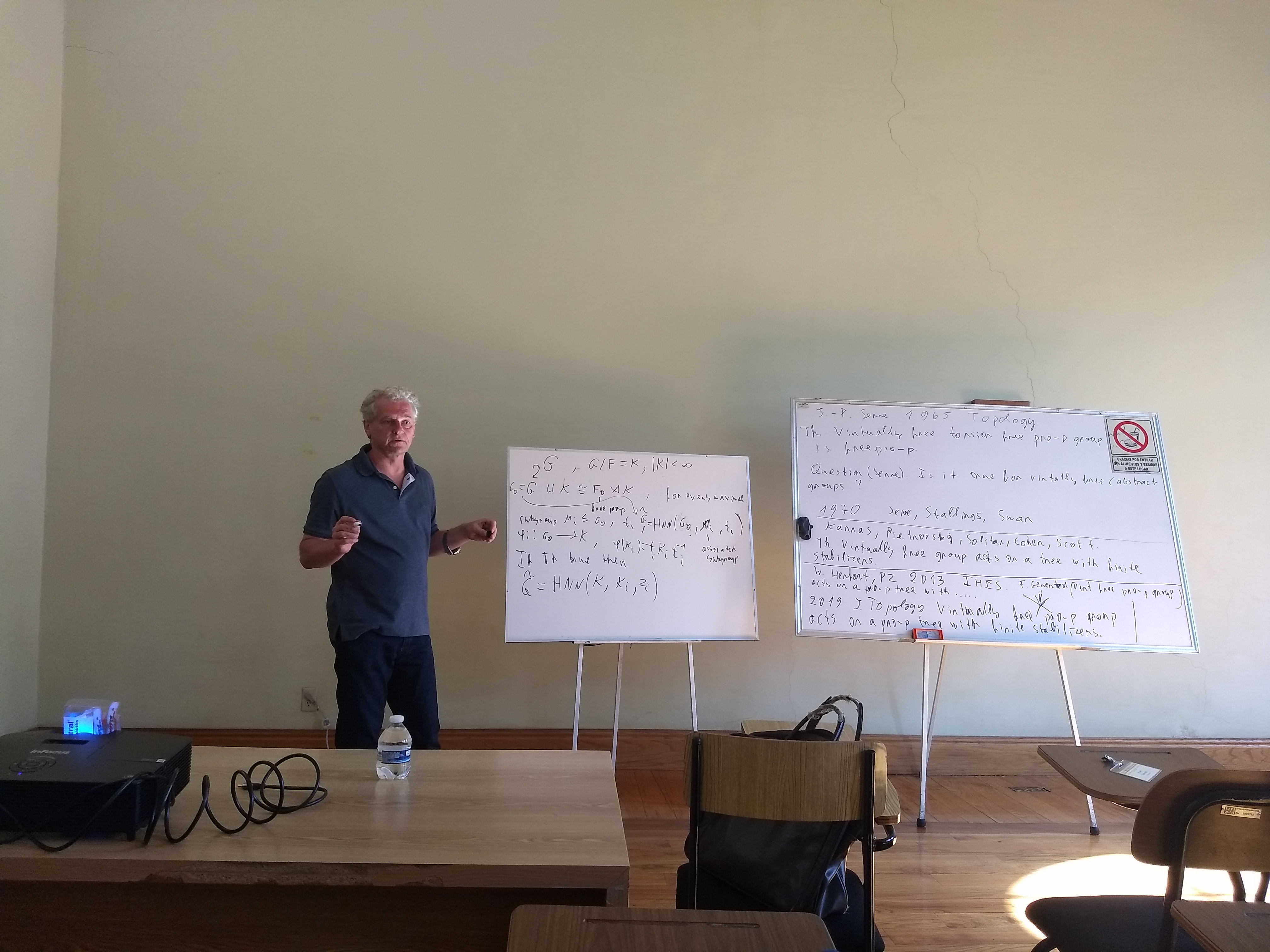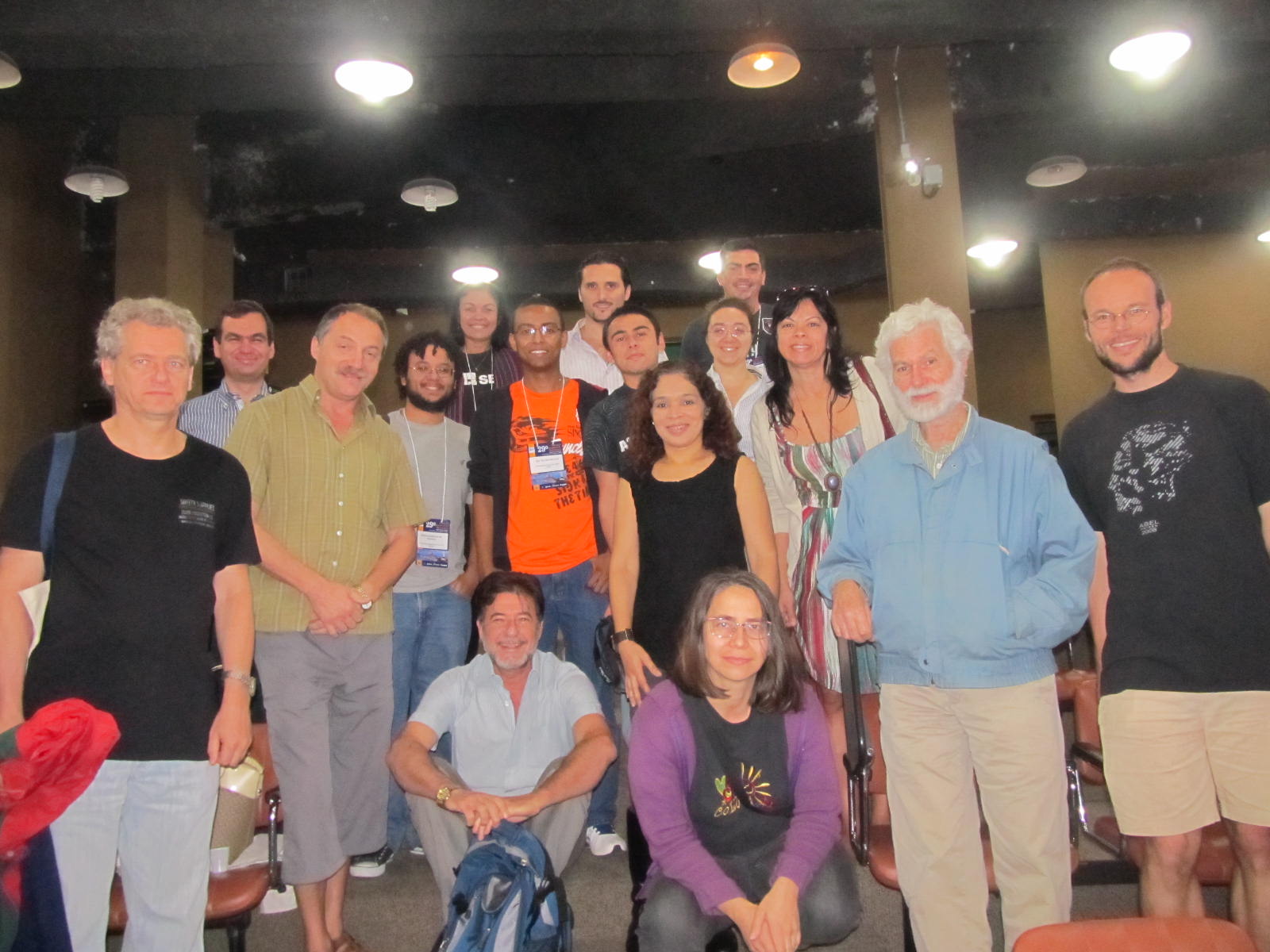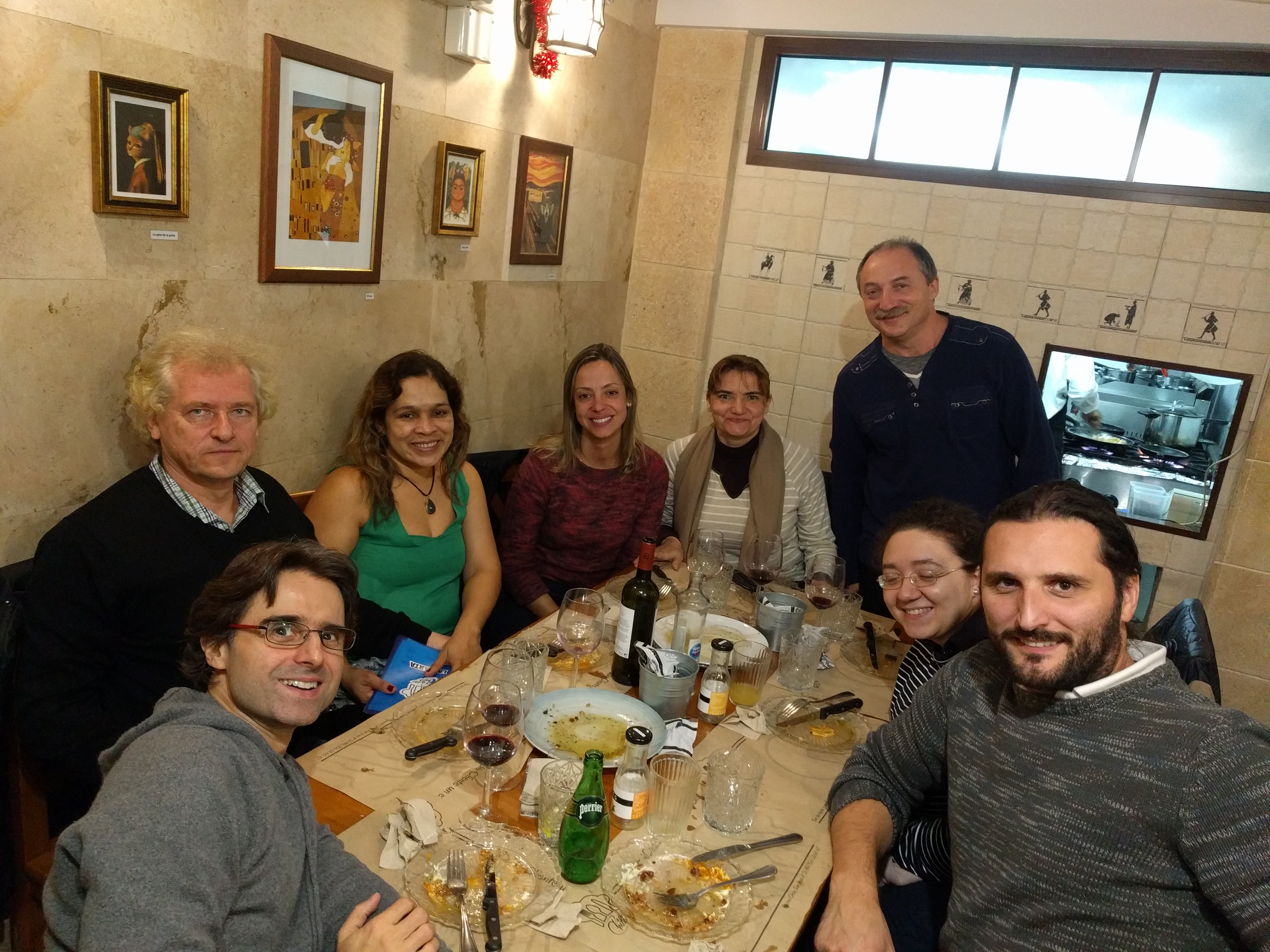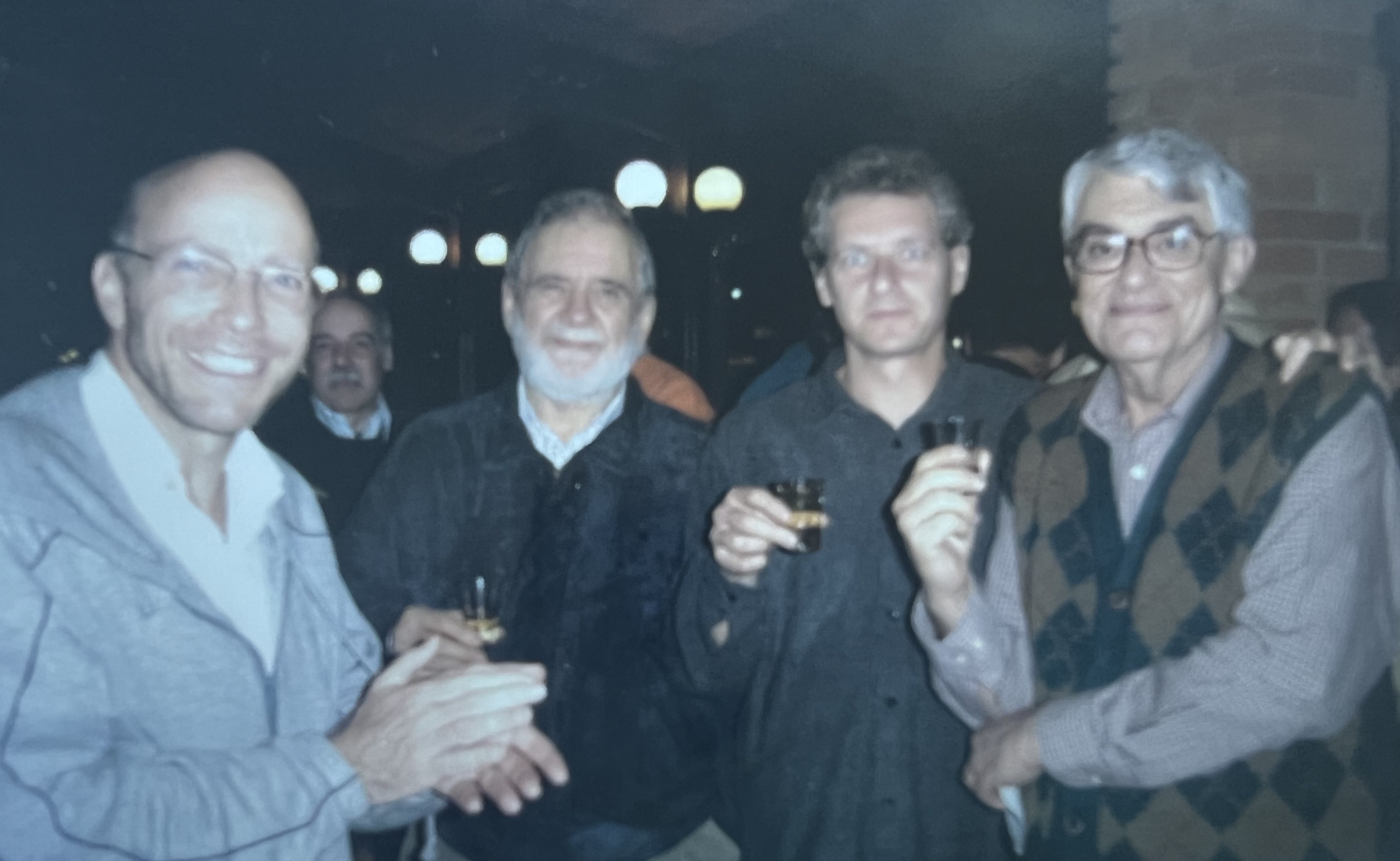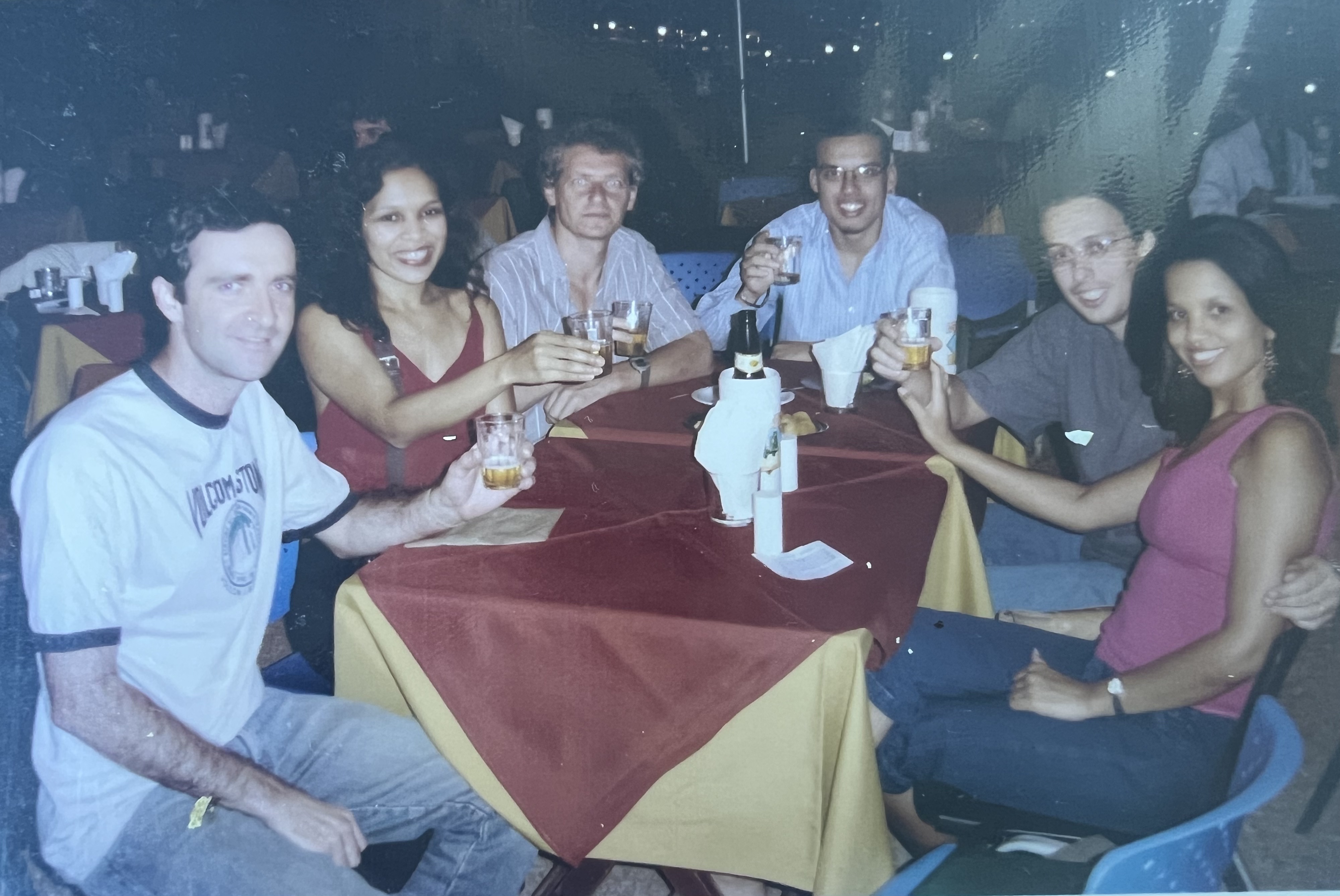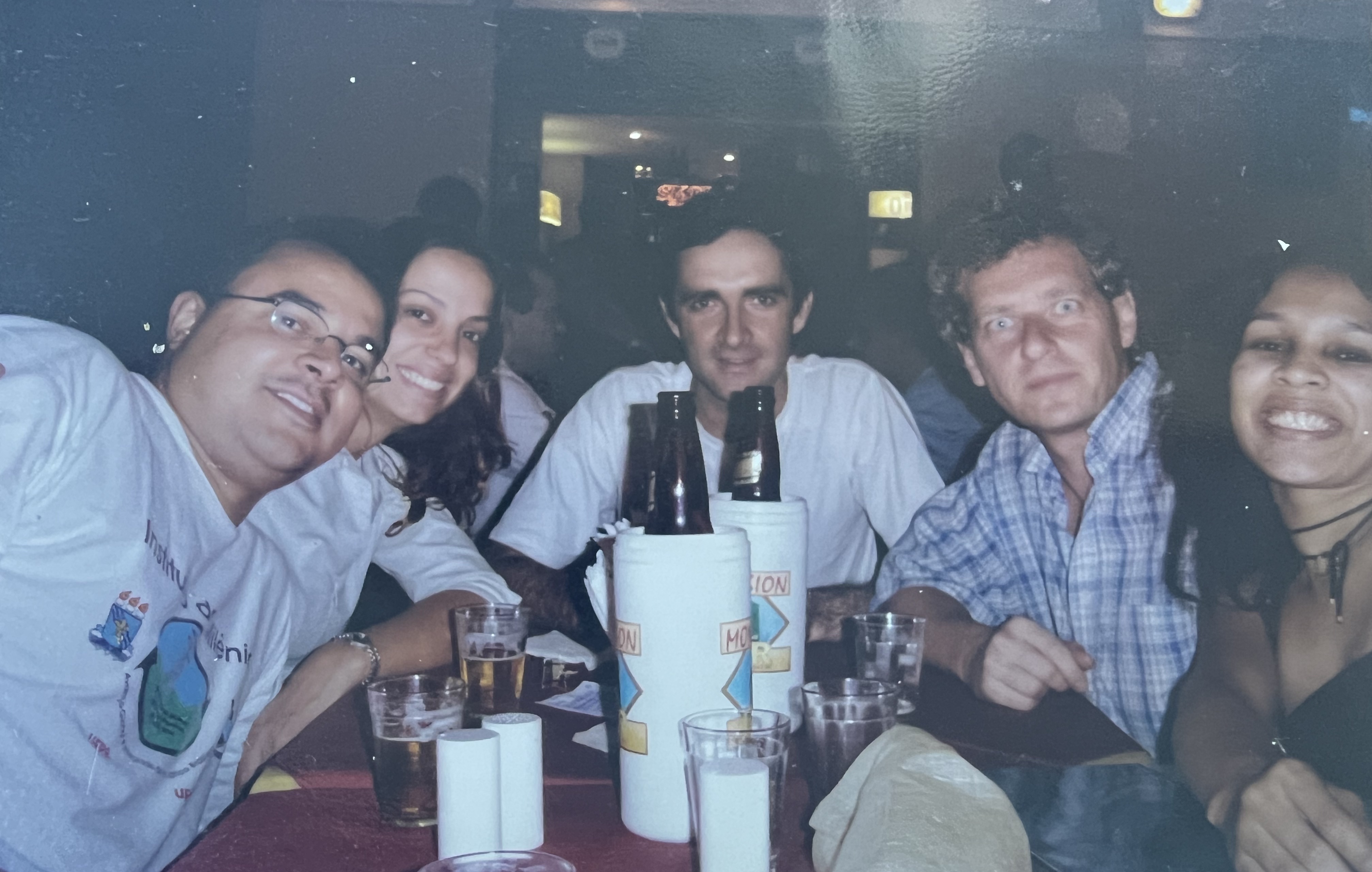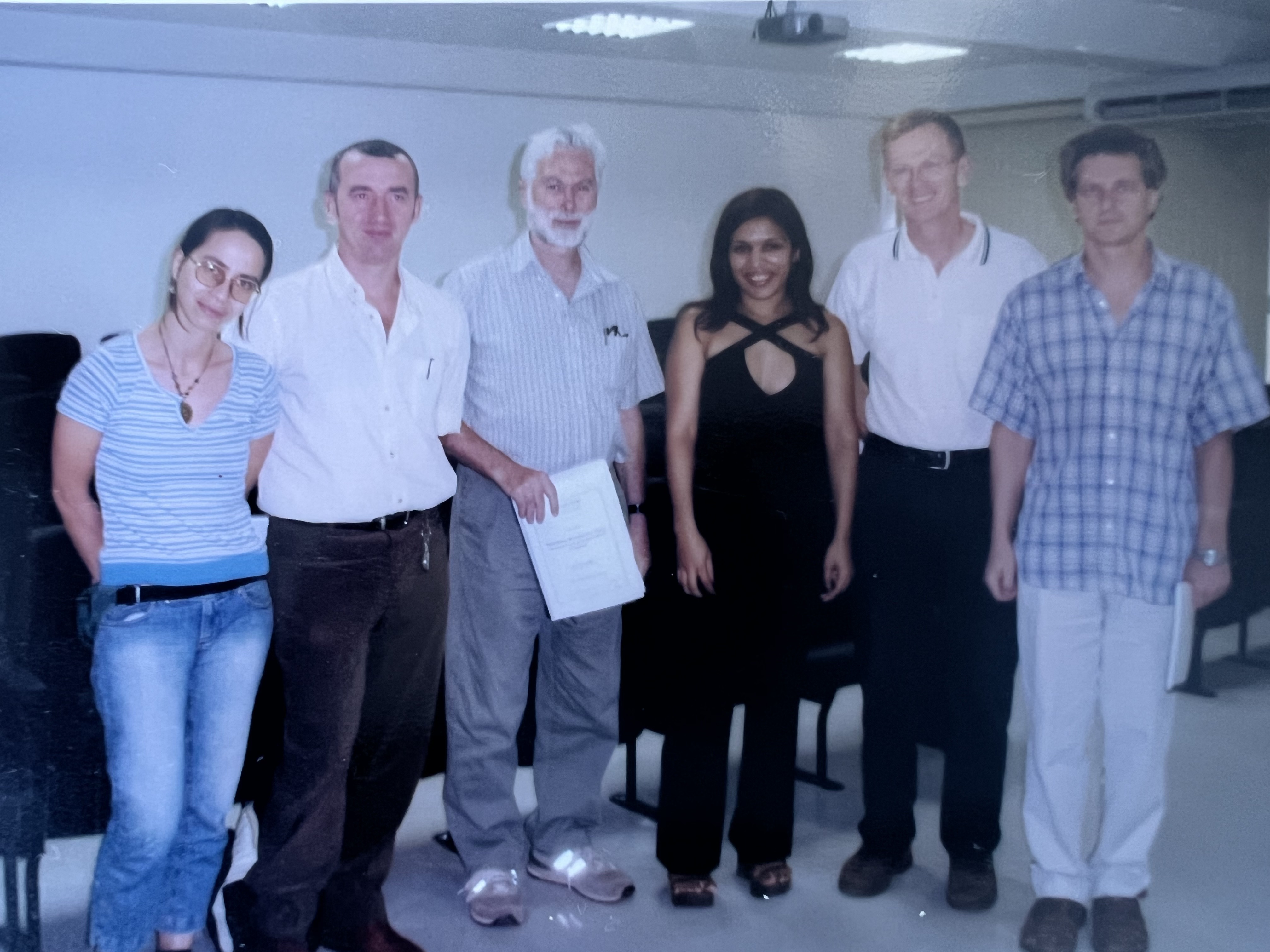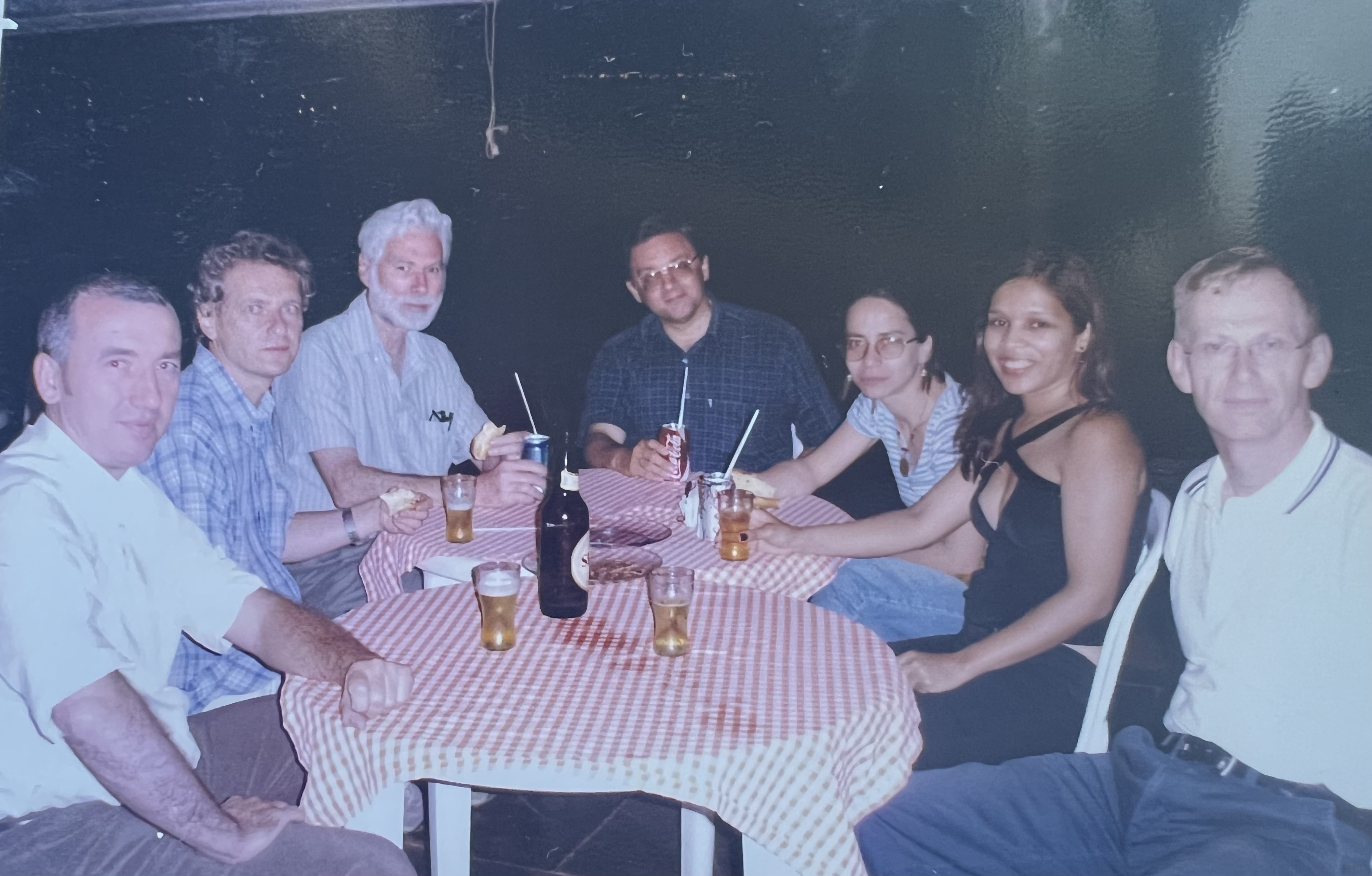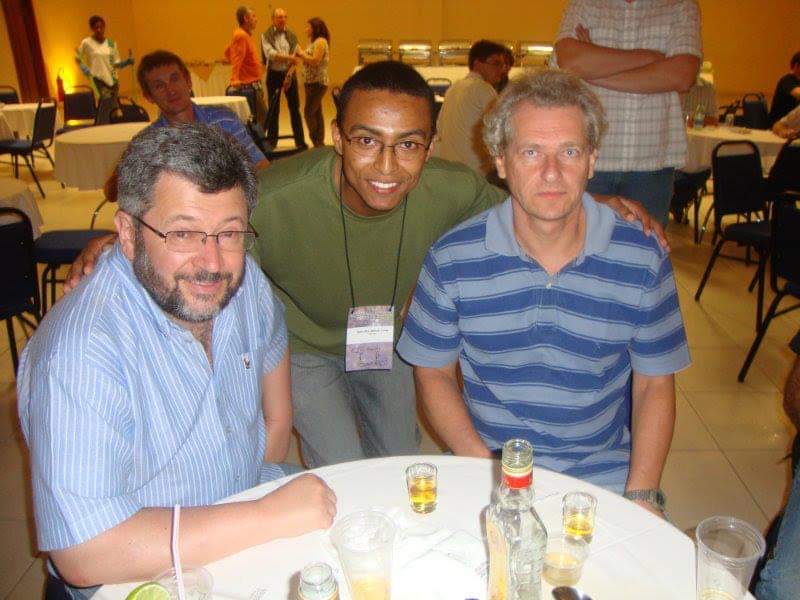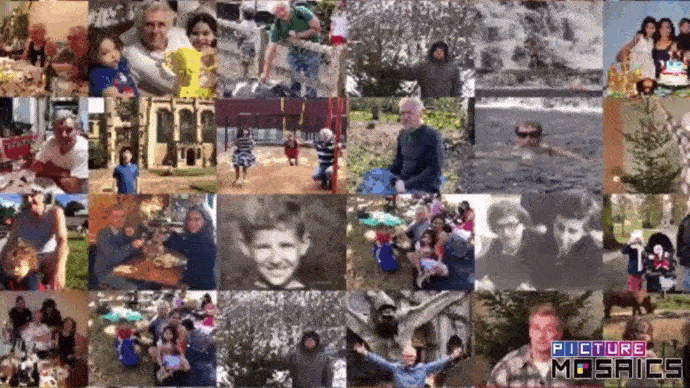
The workshop in Algebra this year is in honour of Pavel Zalesskii 60th birthday. It is mainly devoted to
group theory, with particular emphasis on profinite groups. The invited speakers will cover a broad range of Pavel Zalesskii's
co-authors, collaborators, former students and experts in the field.
The event will take place at Mathematics Department at Universidade de Brasília (Brasília, Brazil).
The Registration is free of charge.
| Hour | Wednesday | Thursday | Friday |
|---|---|---|---|
| 08h00 - 9h00 | Rostislav Grigorchuk Texas A&M University- USA |
Lior Bary Soroker Tel Aviv University- Israel |
Ashot Minasyan University of Southampton- UK |
| 09h30 - 10h30 | Dessislava Kochloukova Unicamp |
Angel Del Rio Universidad de Murcia- Spain |
Ilir Snopce UFRJ |
| 10h30-11h00 | coffee break | ||
| 11h00 - 12h00 | Ilaria Castellano University of Milano-Bicocca- Italy |
Wolfgang Herfort Vienna University of Technology- Vienna |
Andrei Jaikin Autonomous University of Madrid- Spain |
| 12h00 - 14h00 | Lunch | ||
| 14h00 - 15h00 | Alex Lubotzky Weizmann Institute of Science - Israel |
Dan Segal University of Oxford - UK |
Alexandre Zalesski University of East Anglia - UK |
| 15h10 -16h00 | John MacQuarrie UFMG |
Marco Boggi UFMG |
Slobodan Tanushevski UFF |
| 16h00 - 16h30 | coffee break | ||
| 16h30 - 17h20 | Henrique Souza Autonomous University of Madrid- Spain |
Carmine Monetta Università degli Studi di Salerno -Italy |
PZ Press Conference |
We gratefully acknowledge financial support from

For any additional information, contact us at the following email adress profinitegrouppz60@gmail.com
